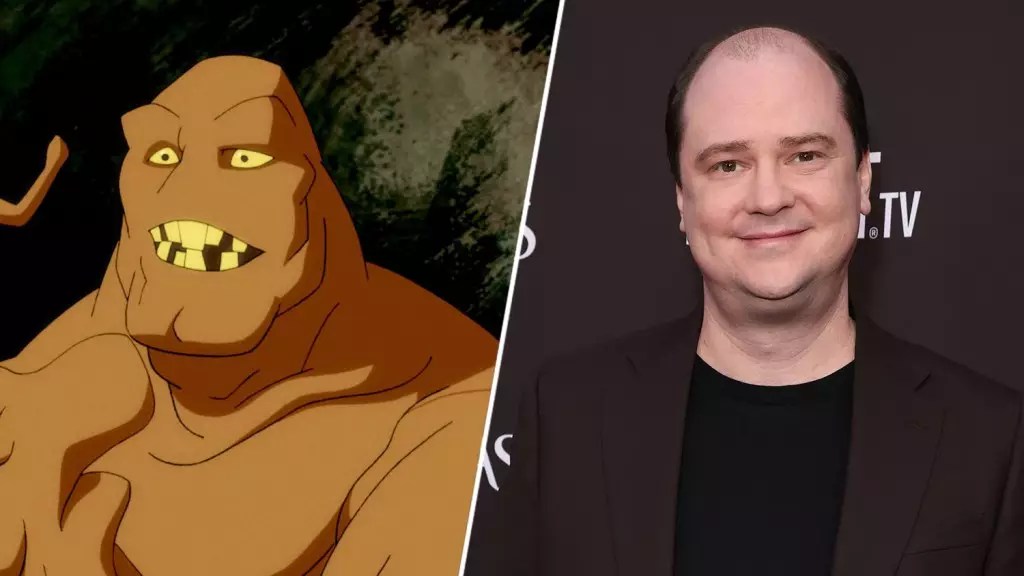After years of speculation and anticipation, the shapeshifting character Clayface is officially stepping into the spotlight of the newly revamped DC Universe. An intriguing note on this reimagining is that Mike Flanagan, known for his work in the horror genre, pitched his vision over a year ago. Now, DC Studios has given the green light for a feature film, with Flanagan slated to write the script as he juggles responsibilities for the imminent Exorcist reboot. This turn of events could signify a significant shift in the type of narratives being explored within the DC framework, particularly regarding how characters traditionally categorized as villains can be interpreted differently.
Notably, Flanagan has proclaimed his intention to frame the project as a “horror/thriller/tragedy,” a stark contrast to the typical villain-centric narratives prevalent in superhero films. The decision to portray Clayface in this manner reflects growing creative freedom within DC Studios, influenced by the new leadership of James Gunn and Peter Safran. Their influence seems to steer the franchise away from the conventional path, allowing room for stories that delve deeper into character psychology. Initially, it was thought that Clayface would serve as a standard antagonist, but insider reports suggest that Flanagan’s interpretation might diverge dramatically from this trope. Instead, the character might explore themes of identity and transformation, rather than merely serving as Batman’s nemesis.
Clayface, making his debut in Detective Comics #40 in 1940, originally surfaced as an actor turned villain, having taken on the characteristics of a monstrous role he had previously portrayed. This origin story is particularly poignant, hinting at a commentary on the darker facets of fame and the lengths to which individuals may go for recognition. Over the decades, this character has morphed, with various iterations introduced that showcase not only a sinister capacity for change but also a deeply troubled psyche. The character’s evolution in the comics throughout the 1970s positions him as a scientist grappling with hormonal irregularities, thereby amplifying his tragic dimensions.
Adding to the intrigue, there are rumors circulating that Clayface might have a role in Matt Reeves’ upcoming The Batman 2. This notable connection could bridge Flanagan’s standalone project with the wider DC multiverse, offering fans a richer narrative tapestry. Depicting Clayface in both solo and ensemble capacities signals a multifaceted character who can resonate on several levels, thus expanding the thematic explorations possible within the DC Universe.
In essence, Clayface’s journey from a traditional villain to a character poised for serious narrative exploration encapsulates a more profound shift in Hollywood storytelling. With visionary filmmakers like Flanagan at the helm, expectations are elevated for how complex characters can be represented in the superhero genre. This fresh perspective may pave the way for future adaptations that embrace depth, humanity, and the gray areas of character morality.


Leave a Reply